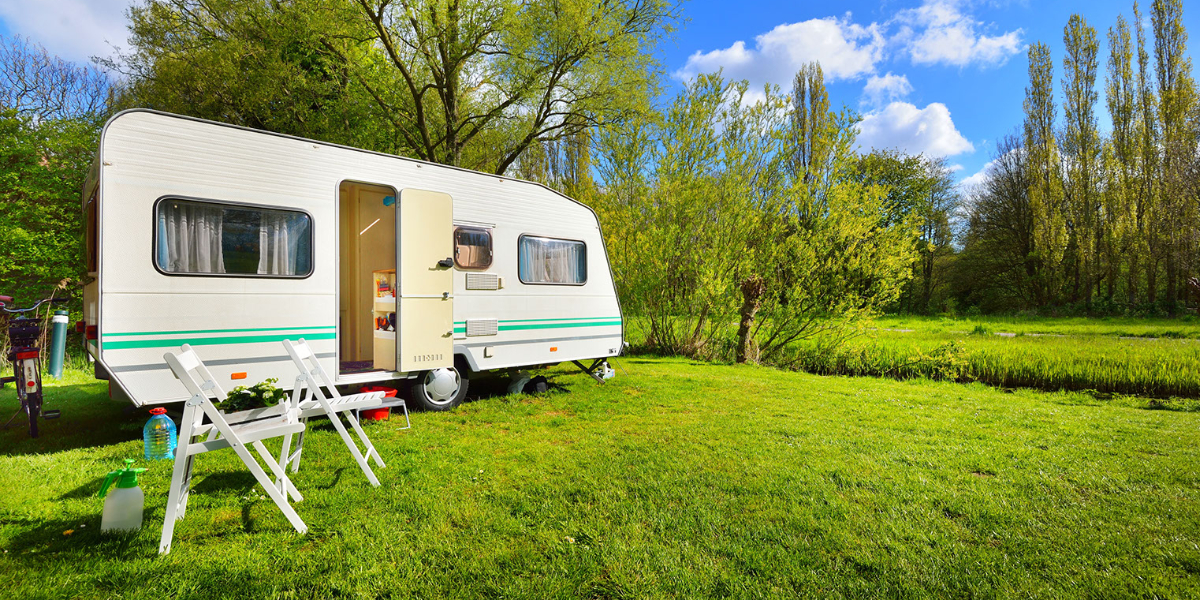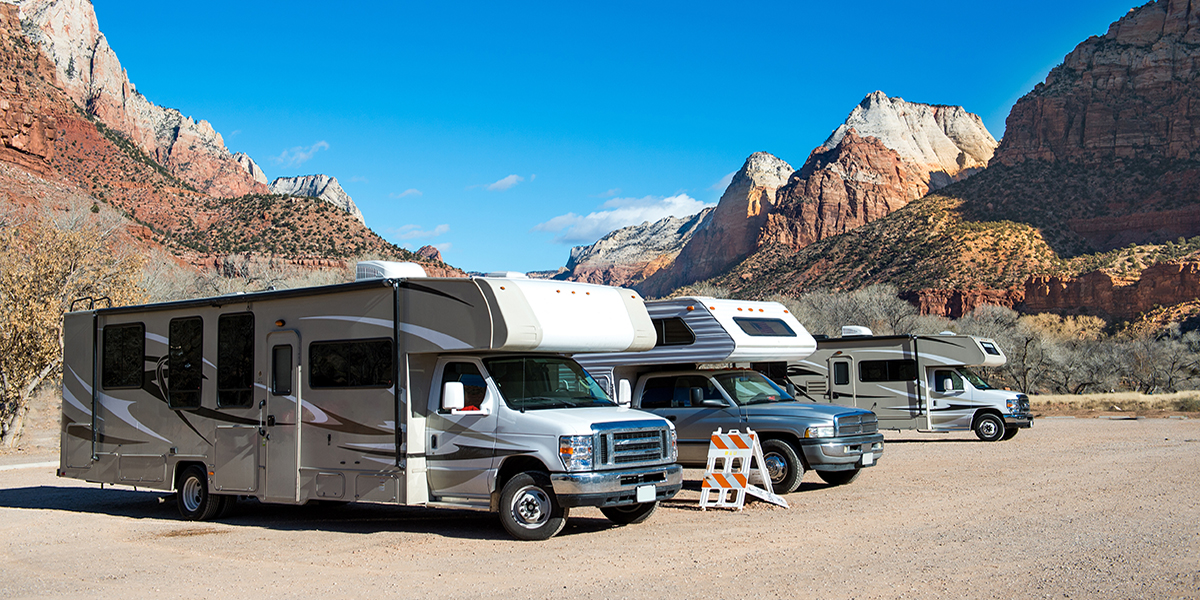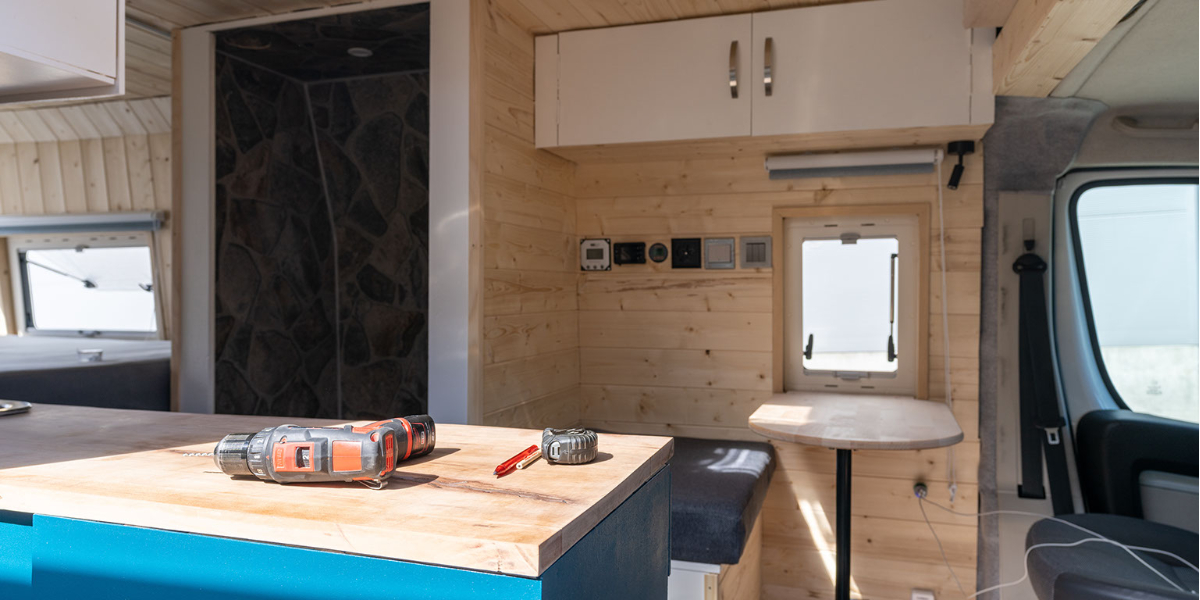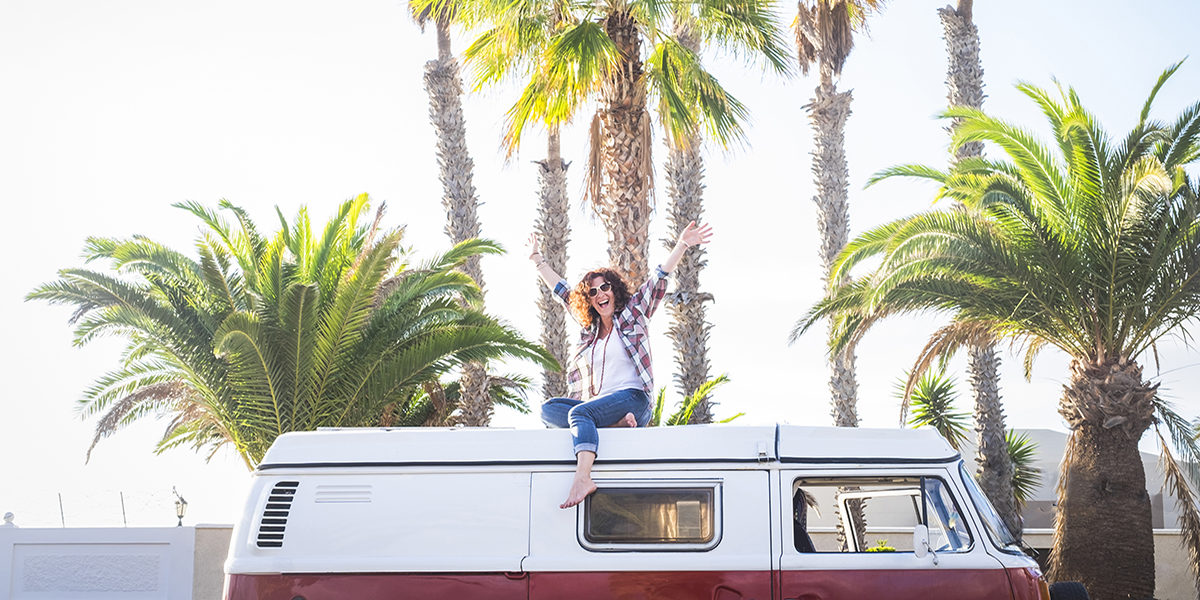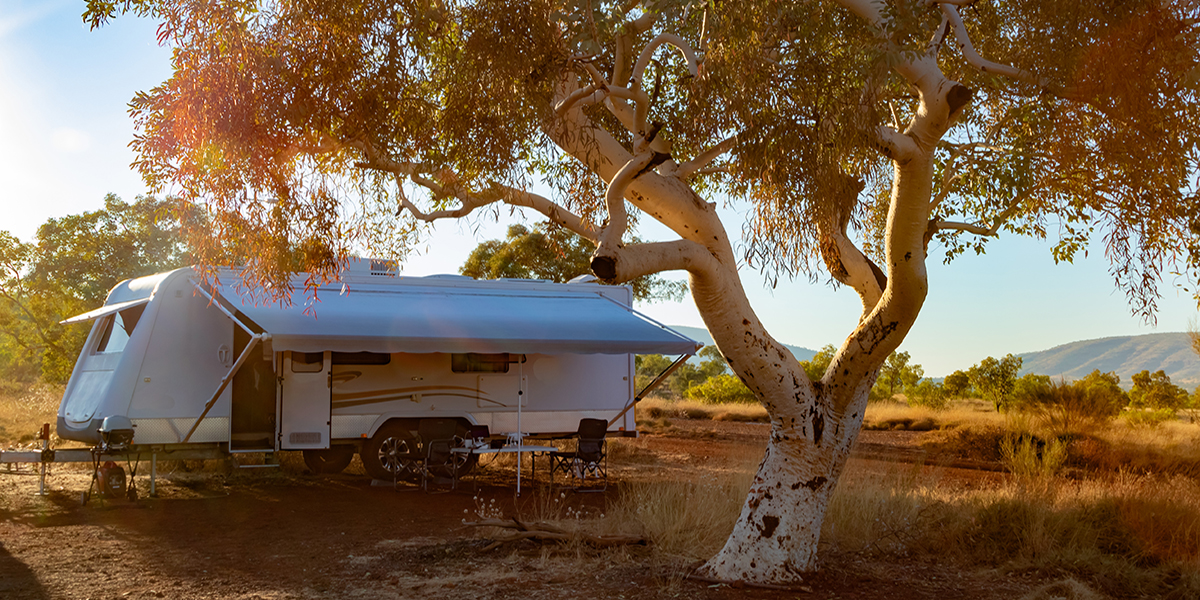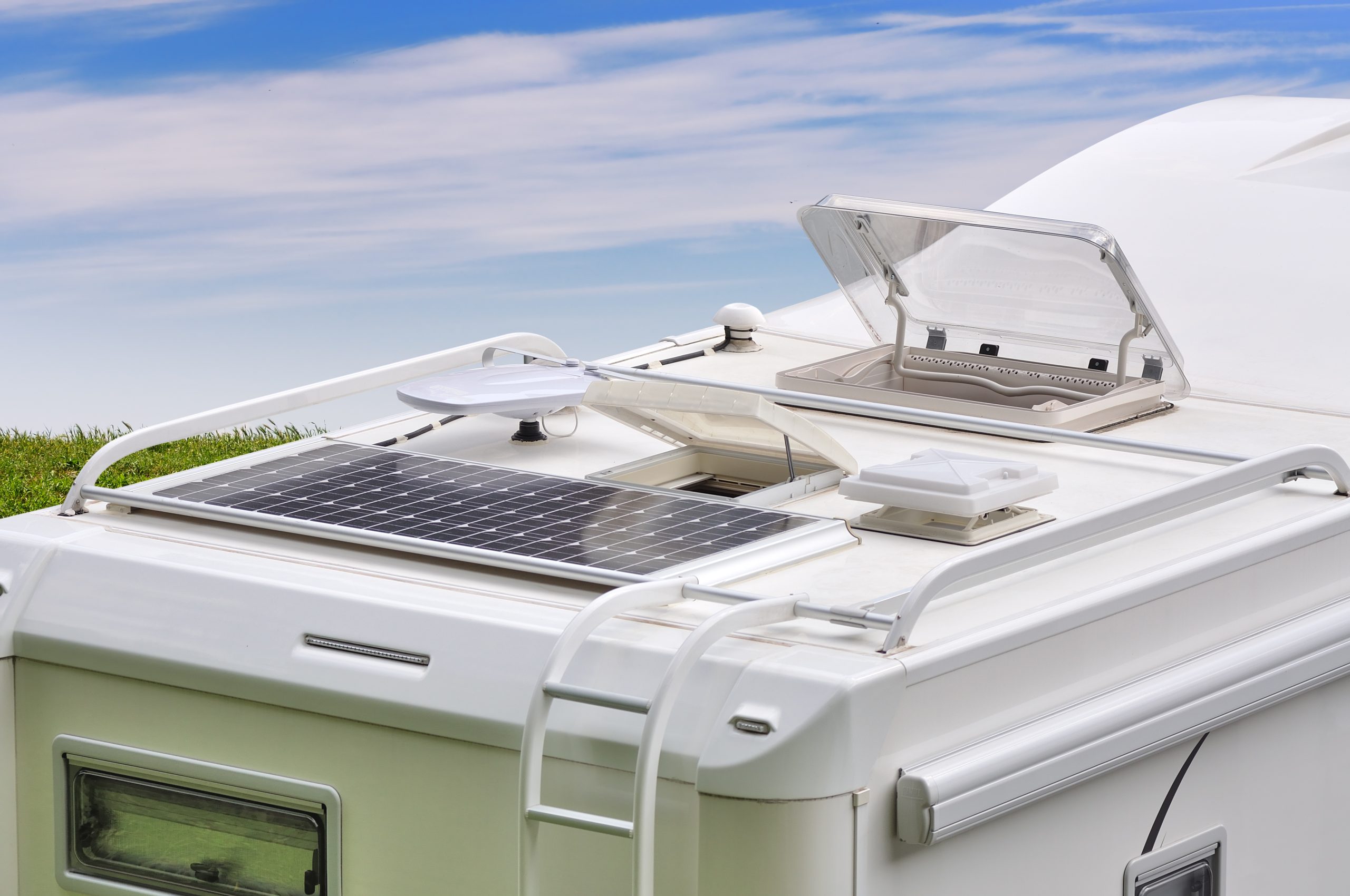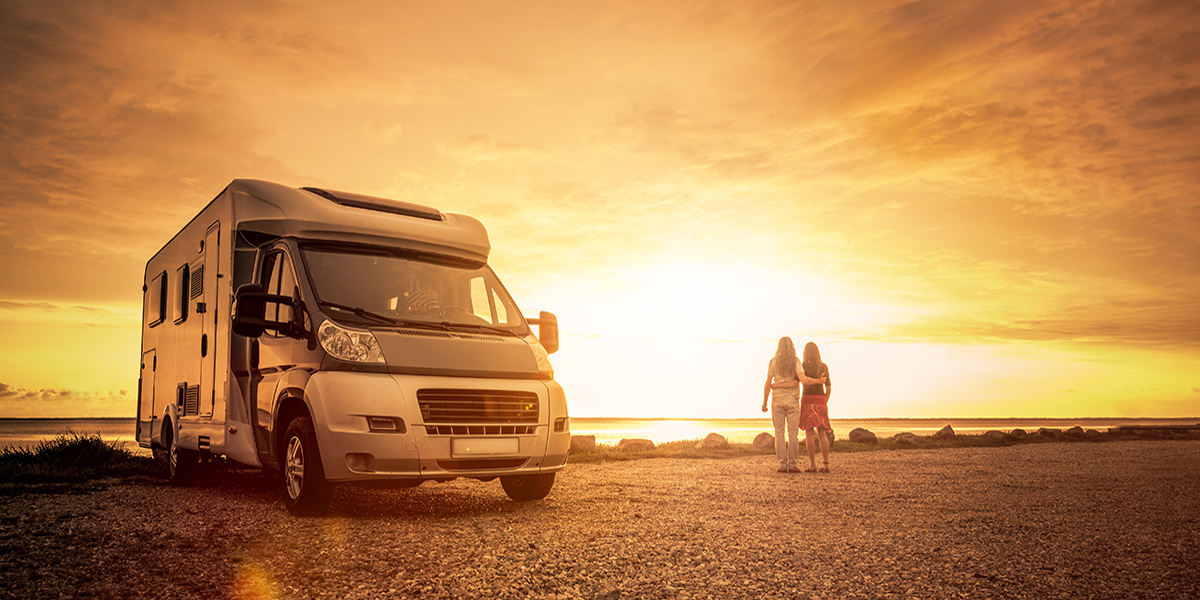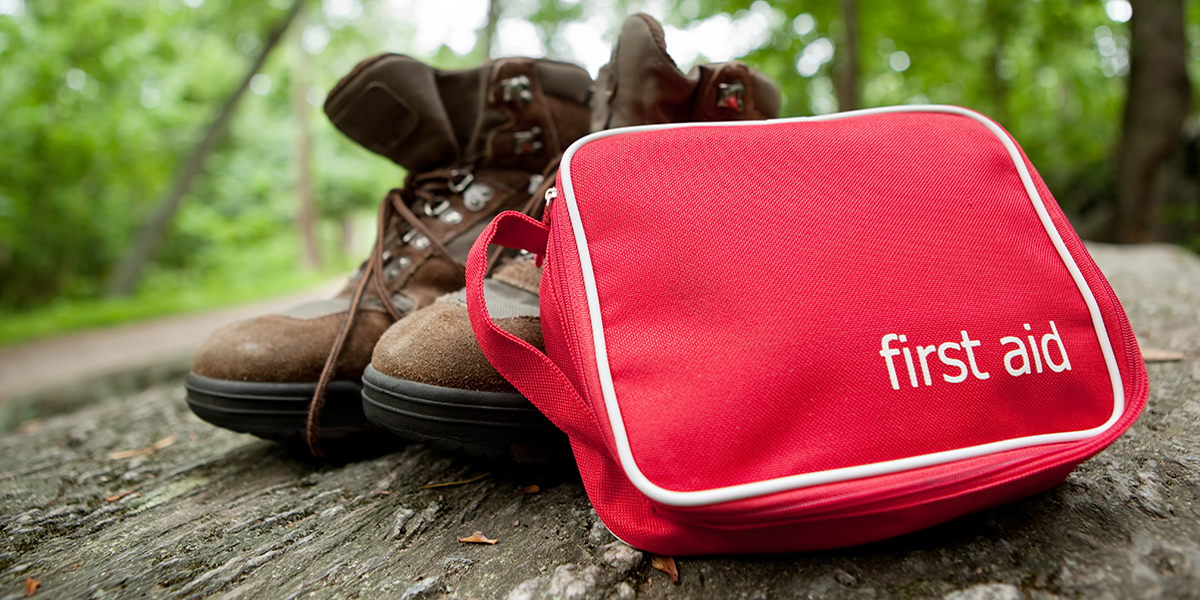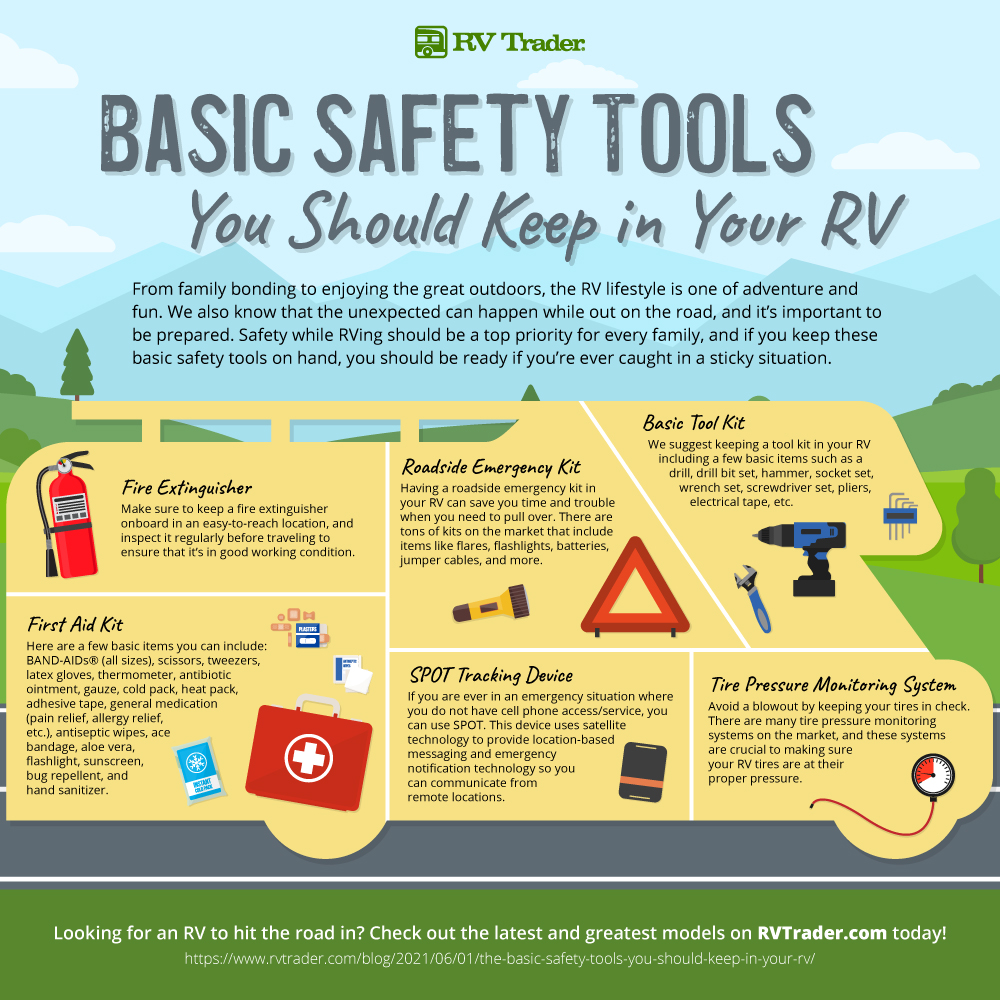Deciding to purchase an RV can raise many questions. How much time will I spend in my RV? What class should I buy? Should I buy it new or used? While it’s easy to get lured in by the sparkle of a brand-new camper, don’t rule out a pre-owned unit especially if you plan on performing RV renovations. Before you begin your search, check out RV Trader’s six benefits of buying a used RV.
1. Save Money Upfront
The biggest benefit of buying a used RV is the savings. With a little patience, and careful research, you can find a used RV model that fits your needs at a lower cost than buying new. An older model even has lower insurance costs. The best part is that you can put the money you saved into your renovation budget.
2. Less Depreciation
Much like cars, purchasing a brand-new RV means losing value shortly after you drive off the lot. RVs can depreciate up to 20% during the first year or two of ownership. If you buy new and plan to sell your unit in a few years, you more than likely won’t make back the money you initially spent. Buying used, then, is often the best investment for flipping an RV, whether you’re renovating it for resale or for your own long-term use.
3. Greater Inventory Options
When searching for pre-owned units, you will come across lots of RVs from the past few years. And these aren’t only vintage models. Many owners trade-in or sell their campers after the first couple of years of ownership, creating a marketplace of recently manufactured RVs available for sale at a lower price, thanks to depreciation.
4. More Design Variety
RVs vary in size, weight, and floor plans. When you look to buy outside of new models, you’ll see that older models can differ in these aspects. Since manufacturers create floor plans that cater to each type of RV owner, browse different layouts to find one that meets your needs. Shop used RVs from recent models, within the last three years, to a retro camper with a nostalgic floor plan and design.
5. DIY Customizations
Buying a used RV is a chance to design and remodel your unit exactly how you want it. Whether you want to repaint, add new flooring and fixtures, or completely gut it, a used RV gives you the opportunity to start fresh and make your camper completely one of a kind. With an older RV, you can overlook any cosmetic wear-and-tear and start seeing the unit as your next DIY project.
6. Increased Resale Value
If you don’t have long-term plans for your RV, keep in mind the potential resale value of your unit. If you avoid early depreciation by buying a pre-owned unit, then you should be able to sell it a few years later for close to what you originally paid (assuming it’s been well-maintained and depending on market conditions). However, if you’ve renovated the RV, you may be able to sell it for more than you initially paid plus the upgrades, earning you a tidy profit.
If you’re stuck deciding whether to purchase a new or used RV, consider how you plan to use the unit. Used offers benefits for both long- and short-term ownership even after you renovate. Once you decide to buy used, it’s time to learn everything you need to know about renovations, which you can find on RV Trader’s RV Renovations resource page, with in-depth articles, checklists, and videos. And you can begin browsing pre-owned units at RVTrader.com, the premier virtual marketplace for buying recreational vehicles.
